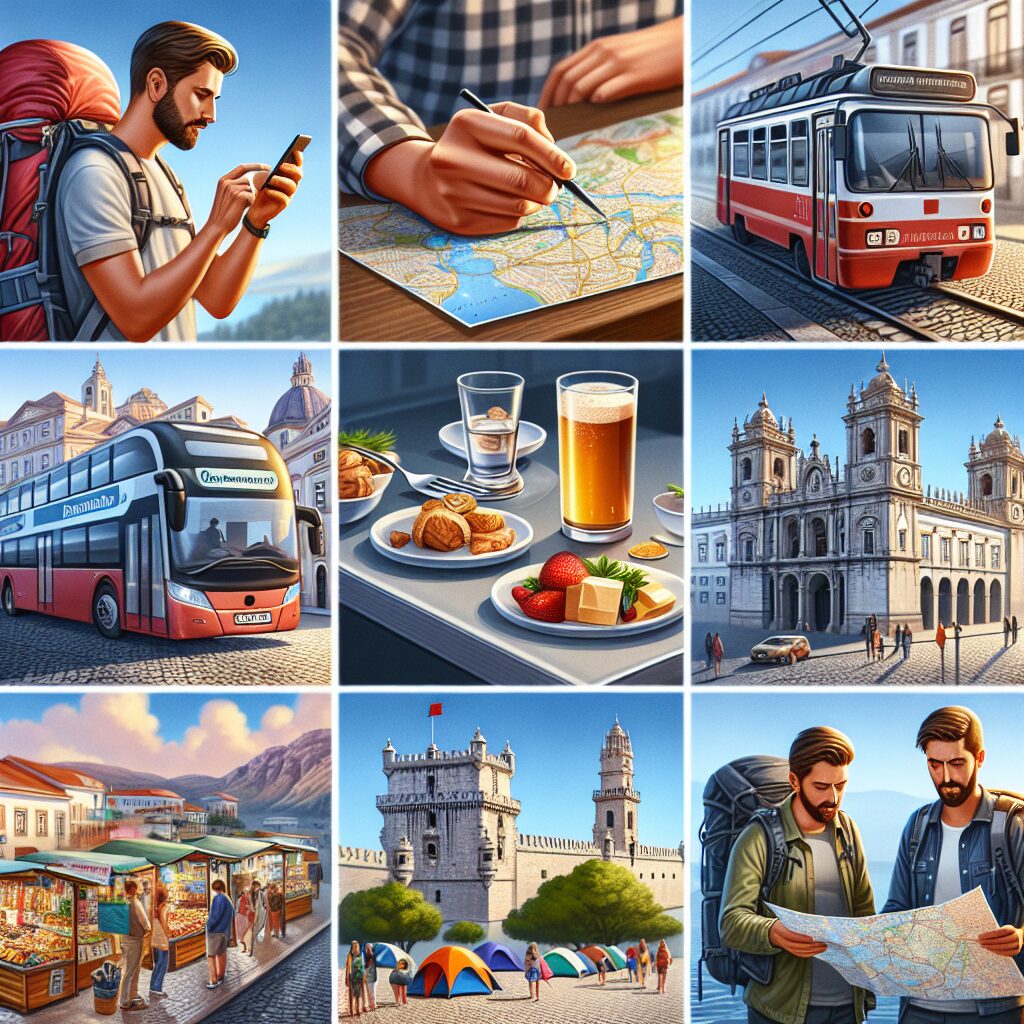Affordable Flights to Europe Uncovered – a topic that captures the attention of frequent travelers and adventure-seekers alike. Did you know that the concept of affordable flights to Europe gained significant popularity in the early 2000s? With the introduction of low-cost carriers, such as Ryanair and EasyJet, traveling to Europe became more accessible to a wider audience. This revolutionized the travel industry, making it easier for individuals to explore this diverse and culturally-rich continent.
When it comes to the impacts of affordable flights to Europe, the benefits are endless. First and foremost, it has opened up a whole new world of opportunities for budget-conscious travelers. Exploring the mesmerizing streets of Paris, indulging in authentic pasta in Rome, or witnessing the stunning architecture of Barcelona are no longer distant dreams, but attainable realities. This accessibility has not only broadened our horizons, but it has also contributed to the growth of tourism in Europe, fueling economic development in many countries.
Now, let’s delve into the key takeaways of affordable flights to Europe. In the upcoming sections, we will explore the best practices for finding the most affordable flight deals, uncover hidden gems in popular European destinations, and provide useful tips for maximizing your travel budget. Get ready to embark on a journey filled with invaluable insights and strategies to make your dream of exploring Europe a reality, without breaking the bank. So, fasten your seatbelts and let’s discover the wonders of affordable flights to Europe together.
Key Takeaways
1. Low-cost airlines like Ryanair and EasyJet offer affordable flights to Europe, making it more accessible for budget travelers.
2. Traveling during off-peak seasons, such as winter and midweek, can help secure cheaper flights to Europe.
3. Utilizing flight comparison websites, such as Skyscanner and Kayak, can help find the most affordable flight options.
4. Booking flights with flexible dates or through a stopover can result in significant cost savings.
5. Being open to alternative airports and destinations within Europe can lead to more affordable flight options and unique travel experiences.
Factors Affecting Flight Prices
When searching for affordable flights to Europe, it is crucial to understand the various factors that can impact the prices. These factors include:
- Seasonality: Europe experiences different peak and off-peak seasons, with prices varying accordingly. It’s important to be aware of these seasons to find the best deals.
- Airline Demand: Airlines constantly adjust their prices based on market demand. Popular routes and airlines might be more expensive, while lesser-known carriers or less-traveled destinations could offer cheaper options.
- Flight Duration: The duration of the flight can play a role in the price as well. Direct flights tend to be more expensive compared to flights with layovers.
- Booking Timeframe: The timing of your booking can significantly impact the fare. Generally, booking in advance or being flexible with your travel dates can help find cheaper flights.
- Flight Class: The class you choose to fly in can greatly affect the ticket price. Economy class tickets are typically cheaper, while business or first-class tickets come with a higher price tag.
Choosing the Right Airlines and Routes
When uncovering affordable flights to Europe, selecting the right airlines and routes can make a substantial difference. Consider the following:
- Low-Cost Carriers: Budget airlines like Ryanair, easyJet, and Wizz Air offer competitive fares, especially for intra-European flights. Keep an eye on their promotions and discounted routes.
- Alternative Airports: Expanding your search to include nearby airports instead of major hubs can lead to cost savings. Smaller airports might offer lower fares and fewer crowds.
- Flexible Itineraries: Being open to flexible travel dates and departure times can help discover cheaper flights. Mid-week flights and red-eye options usually have better chances of being more affordable.
Utilizing Online Search Tools and Strategies
Make the most of available search tools and apply effective strategies to find the best deals on flights to Europe:
- Comparing Aggregator Websites: Utilize flight aggregator websites that compare prices from multiple airlines. They can help you find the most affordable options across various platforms.
- Setting Fare Alerts: Consider setting fare alerts on different travel websites or using dedicated alert services. This way, you will receive notifications when prices drop or a good deal arises.
- Clearing Browser Cookies: Airlines and booking websites may track your search history and increase prices based on demand. Clearing your browser cookies can help avoid this and potentially find lower fares.
- Using Incognito Mode: Browsing for flights in incognito or private mode can help prevent personalized pricing and ensure you see the most competitive prices available.
Maximizing Additional Savings Tips
To maximize your savings when uncovering affordable flights to Europe, consider the following tips:
- Traveling During Low Season: Opting for travel during off-peak seasons can significantly reduce flight costs. Avoiding popular holiday periods and school breaks can help unlock better prices.
- Being Flexible with Destinations: Instead of fixating on a specific European city, be open to exploring multiple destinations. Even flying to a neighboring city and traveling the rest by train or bus can be cost-effective.
- Booking Travel Packages: Sometimes, booking travel packages that include flights and accommodation together can lead to additional savings. Check for package deals offered by various travel agencies.
- Consider One-way Flights: Splitting your journey into one-way flights instead of round-trip tickets might sometimes yield better deals, especially if you plan to explore different regions.
Conclusion
Finding affordable flights to Europe requires diligent research, flexibility, and utilizing smart strategies. By understanding the factors affecting flight prices, choosing the right airlines and routes, utilizing online search tools effectively, and maximizing additional savings tips, you can uncover the best options to suit your budget and make your dream European trip a reality.
Q&A Guide: How to Find Affordable Flights to Europe?
- What are the key factors influencing flight prices when searching for affordable flights to Europe?
- What are some tips for choosing the right airlines and routes to find affordable flights?
- What online search tools and strategies can be useful when looking for affordable flights to Europe?
- How can flexible travel dates and departure times help in finding cheaper flights to Europe?
- What other tips can maximize savings when booking affordable flights to Europe?
FAQs
1. Can I find affordable flights to Europe?
Yes, there are many airlines and online travel agencies that offer affordable flights to Europe. By utilizing various search engines and comparison websites, you can find great deals and discounts.
2. How far in advance should I book my flight to get the best price?
Generally, it is advisable to book your flight at least 2-3 months in advance to secure the best price. However, prices can vary, so it’s recommended to start monitoring prices early and book when you find a good deal.
3. Are budget airlines reliable for affordable flights to Europe?
While budget airlines are known for providing cheaper tickets, their reliability can differ. It’s essential to read customer reviews, check the airline’s safety ratings, and be aware of any additional fees they may charge before booking a flight with a budget airline.
4. Are there specific days of the week when flights tend to be cheaper?
In general, flights booked for midweek tend to be cheaper compared to weekend flights. Tuesdays and Wednesdays are often considered the best days to find lower-priced flights to Europe.
5. Are there any hidden fees when booking affordable flights to Europe?
Some airlines may have hidden fees such as baggage charges, seat selection fees, or additional charges for in-flight meals. It is essential to carefully read the terms and conditions and check for any extra fees before finalizing your booking.
6. Can I save money by booking a flight with layovers?
Booking flights with layovers can often result in cheaper ticket prices. However, you should consider the duration and comfort of the layovers, as longer layovers or inconvenient connections may not be worth the cost savings.
7. How can I find the cheapest flights to multiple destinations in Europe?
Using multi-city search options on travel websites can help you find the most affordable flights to multiple European destinations. These search options allow you to enter multiple cities and find the best itinerary at the lowest price.
8. Are there any alternatives to major airports for cheaper flights to Europe?
Exploring alternative airports near your desired destination can sometimes result in more affordable flights. Check nearby airports and consider the additional transportation costs and convenience before deciding.
9. How can I stay updated on the latest deals for affordable flights to Europe?
Signing up for newsletters and fare alerts from airlines and travel websites is an excellent way to stay informed about the latest deals and promotions. Additionally, following airlines and travel agencies on social media can provide real-time updates on discounted flights.
10. Are there any specific seasons or months when flights to Europe are cheaper?
Flights tend to be cheaper during off-peak seasons, which vary depending on the specific destination in Europe. Generally, avoiding popular travel periods like summer and holidays can help you find more affordable flights.
Final Thoughts
When it comes to finding affordable flights to Europe, thorough research and flexibility are key. By using the right tools and keeping an eye out for promotions, you can score great deals. Remember to compare prices, check for hidden fees, and be open to alternative airports and travel dates.
Whether you’re planning a budget-friendly vacation or a spontaneous adventure, affordable flights to Europe make exploring the continent more accessible than ever before. With some planning and patience, you can embark on your dream European getaway without breaking the bank.





